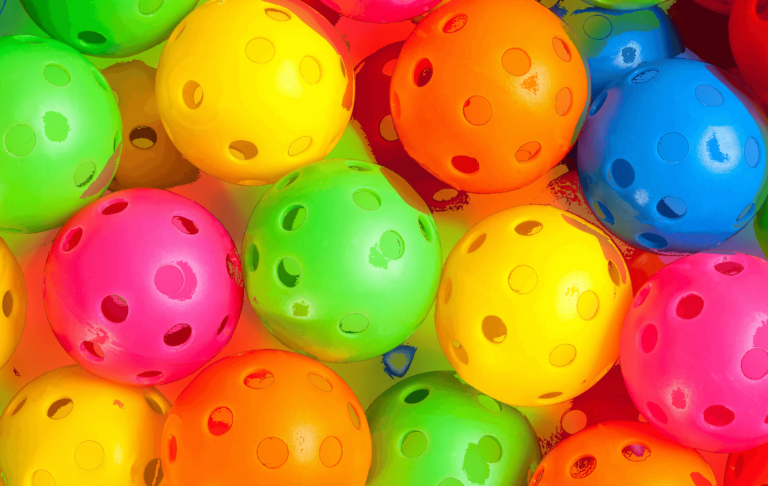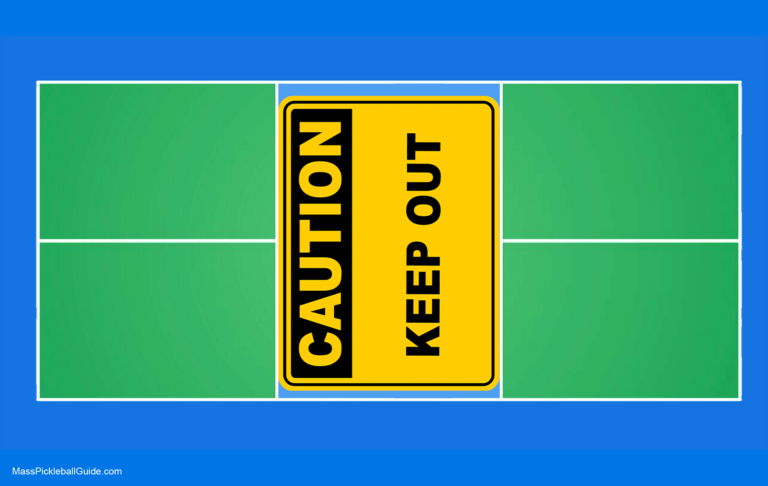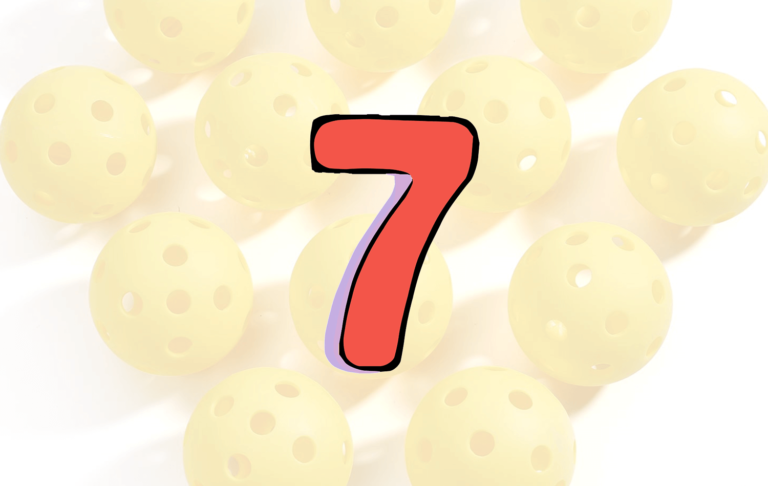How to Master Pickleball League Rules in Just a Few Steps
league rules?
Pickleball has transformed from a backyard and driveway pastime to one of the fastest-growing sports in the world. As with all competitive sports, mastering pickleball doesn’t only revolve around skills and strategy but also hinges on understanding its intricacies, especially when it comes to the rules. If you’re aiming for that competitive edge, it’s paramount to be on top of the latest league rules.
What are Pickleball League Rules?
If you’ve played any pickleball at all, you’re likely familiar with the basic set of rules: the scoring system, serve regulations, and the unique “kitchen” area. But when we delve into league play, things get a tad more nuanced.
Definition and Importance
Pickleball league rules are a set of guidelines specifically tailored for competitive and organized play within a league framework. These aren’t just the general rules of the game, but also incorporate additional regulations and standards that ensure fairness, competitiveness, and consistency across various tournaments and matches.
| General Rules | League Rules |
|---|---|
| Basic scoring system | Match-specific scoring |
| General serve regulations | Detailed serve and fault rules |
| Standard play etiquette | Detailed guidelines on player conduct |
The league rules might also address elements like player rankings, tie-break scenarios, and specific equipment regulations.
Role of Leagues in Shaping Rules
Leagues play a pivotal role in refining and shaping these rules over time. As pickleball evolves and as players develop new strategies, leagues often reassess and amend rules to keep the game fair and challenging. This dynamic nature means that it’s not enough to just learn the rules once, but to consistently stay updated.
Variability Across Leagues
Just as soccer has variations in rules across different leagues, pickleball isn’t any different. Different leagues might have slightly different rule sets. It’s crucial to familiarize oneself with specific league regulations before entering any competitive play. For those diving deep into the world of pickleball rules, this Rules Book provides essential tips and tricks to get a comprehensive grasp.
The Basics: A Quick Refresher
For those just getting their feet wet in pickleball or needing a swift reminder, here’s a concise rundown of the core rules every player should be familiar with:
- Serving: The serve must be made diagonally from the right-hand service square and must clear the non-volley zone, landing in the diagonal service box on the opposite side.
- Scoring: Only the serving team can score points. The game is typically played to a certain point threshold, with the winning team needing a two-point advantage.
- The Non-Volley Zone: Often referred to as “the kitchen”, players cannot volley (hit the ball before it bounces) while standing in this zone.
- Double Bounce Rule: When the ball is served, the receiving team must let it bounce once before returning, and the serving team must also let it bounce once before volleying.
FREE download of the rules of pickleball
Commonly Forgotten Pickleball Rules: Avoiding Beginner’s Pitfalls
Even seasoned pickleball players sometimes have “oops” moments, overlooking rules that aren’t necessarily top of mind. Some of these commonly forgotten rules include:
- Service Sequence: If you’re playing doubles (which is quite common in pickleball), there’s a specific service sequence to follow.
- Faults: Apart from the obvious faults like hitting the ball out of bounds, there are more nuanced ones like serving before the receiver is ready or stepping into the non-volley zone while volleying.
- Switching Sides: Players should switch sides under certain conditions in a game to 15 or 21.
- Paddle Specifications: Paddles must not have a rough, abrasive, or textured surface that might impart extra spin on the ball.
Forgetting these rules can result in unnecessary faults or even match losses. Be sure to brush up on all the rules, including the ones that players often forget.
Rule Changes: Staying Updated
With any evolving sport, pickleball is no stranger to periodic rule modifications. To stay competitive and adapt your strategies effectively:
- Rulebooks are periodically revised: Stay subscribed to official pickleball league websites or join local club newsletters.
- Always be aware of experimental rules: These are rules that leagues might be testing out for potential inclusion.
- Engage in community discussions: Forums and local club meetings are great places to discuss and understand the implications of rule changes.
- Future anticipations: It’s also helpful to keep an eye on discussions around potential future pickleball rules, so you’re never caught off-guard.
The Importance of Practice
It’s one thing to read and understand the rules, but the true mastery comes from ingraining them through consistent practice:
- Mindful Playing: Instead of just playing, focus on certain rules each time.
- Scrimmage Matches: Regularly play matches that simulate league conditions.
- Play with varied partners: Different players have different interpretations of rules.
External Resources and Continuous Learning
Never stop learning. In addition to the league’s official rulebook, diversify your knowledge:
- Professional Associations: Organizations like the USA Pickleball Association often provide in-depth rule explanations and training materials.
- Industry Publications: Stay updated with magazines and online publications that cover pickleball extensively.
- Workshops & Training Sessions: Periodically attend workshops that cover both rules and strategies.
Conclusion
Pickleball, with its simple beginnings, has blossomed into a sport with layers of depth and strategy. While physical prowess and tactics are essential, the intellectual mastery of the rules can be the difference between a good player and a great one. Embrace continuous learning, engage with the community, and always play with the rulebook in mind. The court is yours to conquer!




![The [absolute] worst 2023 pickleball rule!](https://masspickleballguide.com/wp-content/uploads/blog-header-pickleball-clothing-768x512.png)


